SUP Instruction: Resources and tips to get you started
Follow us on Facebook
There are multiple sources for SUP instruction. Find a demo or a rental, watch YouTube videos , purchase videos, or attend SUP events and festivals.
From here you can find more instruction on:
- • SUP instructor certification
- • water safety instruction and safe surfing
- • Instruction and video for SUP repair
- • Instructional video for SUP basics
- • check out the "Video instruction and more" navigation bar at the upper left of each page on this site.
Demos and rentals with some SUP instruction is a must
Professional instruction is the foundation for fun, safe learning and confidence-building because it teaches proper technique from the start. Find a demo! Demonstrations are offered by private sellers, retailers and manufacturers, and may be advertised or posted online, or check with a sport shop to see what’s coming up near you.
Definitely try it before committing to purchase. If you’re buying from a retailer, ask to try three or four boards at least. The basic rules for paddle boarding that comes with the demo will help you quickly sense if this sport is right for you. If it feels right, take the next step: rent a stand up paddle board to really get the feel of it.
Hooked? Group demos are an excellent source of free SUP instruction, however if you’d would like private, one-on-one instruction—a great way to nail technique—be prepared to pay.
Take a screen test: explore video resources for SUP instruction
Check out YouTube videos on this site, for SUP instruction videos, excellent resources to learn all about stand up paddling. Load them to your computer, smart phone, or tablet and take advantage of this "at your finger tips" resource for SUP instruction.
The Best Kept SUP Secret
It’s simple: pretty much anyone can stand up paddle board with just a little SUP instruction. If my non-water sweetheart guy can do it, so can you! Follow this like to my first paddling story. Stand up paddle boarding doesn’t require the level of strength needed for windsurfing or the level of technique needed for traditional board surfing, although you can take it as far as you like as a challenging or even competitive sport. At every level—beginner to experienced—SUP builds core strength, general muscle strength, stability, and body confidence that positively affects everything you do.
Tips to get started, and beyond
- • Let the SUP shop staff demonstrate stance and motions. Demystify this new activity! Then get a demo or lesson.
- • Start on flat water on a calm day without wind or swells.
- • Getting onto the board is easy with a little SUP instruction. At thigh level in the water, start on your knees, paddle out of the shallow zone (see Love Your Fins, below), then stand up one foot at a time. Try to achieve a level plane, with the nose and tail at water level.
- • It’s easier and more efficient to propel yourself forward as opposed to simply standing on the board, just as you feel more comfortable as you pick up momentum while riding a bicycle.
- • Once you’re confident on flat water, you’ll rarely take a plunge—unless you push yourself to try new things! If you’re not afraid to get wet, experiment: try standing on difference places on your board, or move to the back of your board in a surf stance and try to hitch a ride with a six inch wave, just for fun.
- • Work up to long-distance touring or paddle surfing waves gradually to avoid muscle stress and injury.
- • Above all, be safe; know the water, know the rules, wear a personal floatation device, and paddle with a buddy.
- • Seek SUP instruction via demo days at SUP shops, one-on-one lessons with friends or professionals, and videos .
- Love your fins
Be considerate of the fin or fins underneath the board. Your instructor will likely remind you to get on and off the board well away from the shoreline, at about thigh depth. It’s easy to forget about the fins while concentrating on all other aspects of your learning experience, but not so easy to repair damage to your fin or fin box.
Love your fins
Be considerate of the fin or fins underneath the board. Your instructor will likely remind you to get on and off the board well away from the shoreline, at about thigh depth. It’s easy to forget about the fins while concentrating on all other aspects of your learning experience, but not so easy to repair damage to your fin or fin box.
Protect your board from dings and dents
Scrapes, dings, and dents can be prevented if you simply pay attention to your surroundings.
- • focus on how close your nose, tail and rails are to obstructions while launching and coming into shore. Be particularly mindful in water with currents. Know the length of your fins when you’re in shallow water.
- • avoid touching your board to shore, rocks, or other solid objects.
- • Carry a small lightweight pad or towel with you when carrying your board over a long distance, so you can safely rest your rail if you need a break.
- • The weight of SUPs are manageable but awkward. If someone offers to help to get your board off or on your carrier, accept! Then pay it forward.
- • If you own a hard board, a deep scrape, ding or dent can cause water to seep into the core of the board. Allow your board to dry for at least 24 hours, then seek repair or repair yourself if you know how.
- • If you own an inflatable board the repair is different, but not difficult.
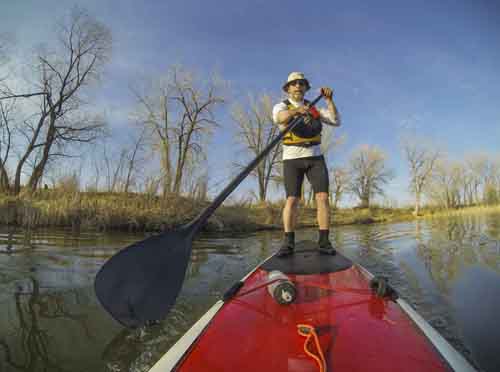
At every level—beginner to experienced—SUP builds core strength, general muscle strength, stability, and body confidence that positively affects every other activities your engage in.
SUP YouTube Videos
How to choose a stand up paddle board
This website is for sale. For information go to:
Buy-standuppaddleboardingguide.html
DuckDuckGo Search
2014 - Most recent Review - Shark 2s
Amazon devicesSee BLUEFIN SUP Fleet
5 year warranty,
60 day returns.
Free global shipping!
Learn more about Bluefin Sup inflatables
Dear Visitors
Should you click on an ad, it make generate a small commission at no cost to you. It helps keep our website free for all users. MANY THANKS!
O'Neil Wetsuit
https://amzn.to/3wekRsh
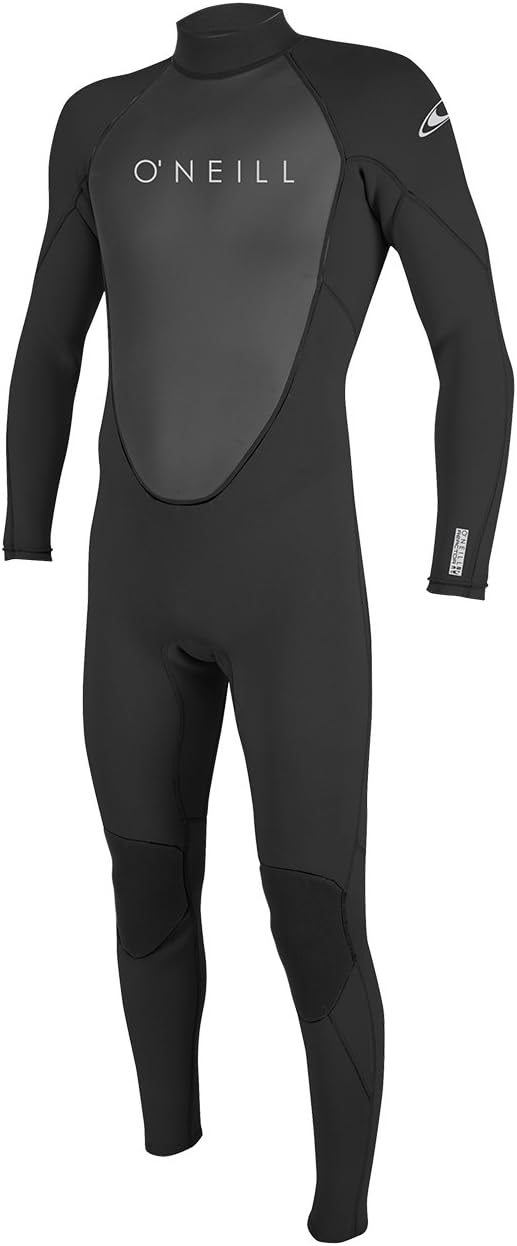
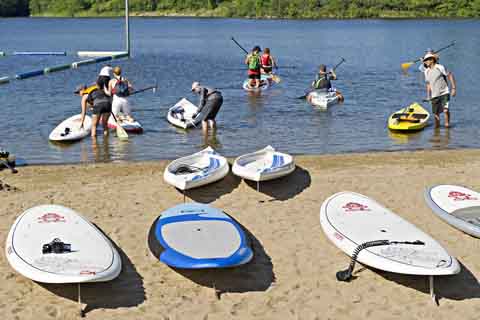
Professional SUP instruction is the foundation for fun, safe learning and confidence-building because it teaches proper technique from the start.
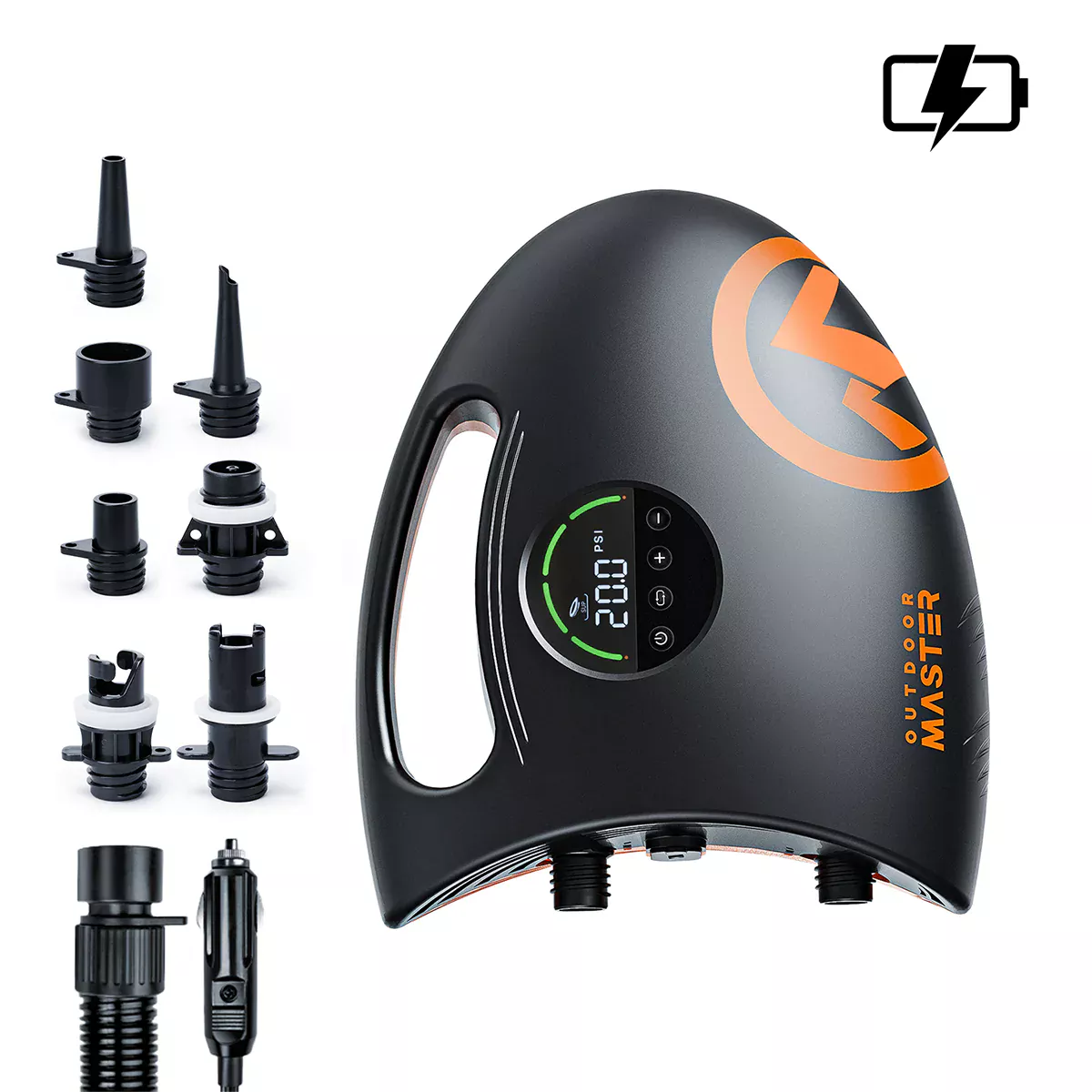

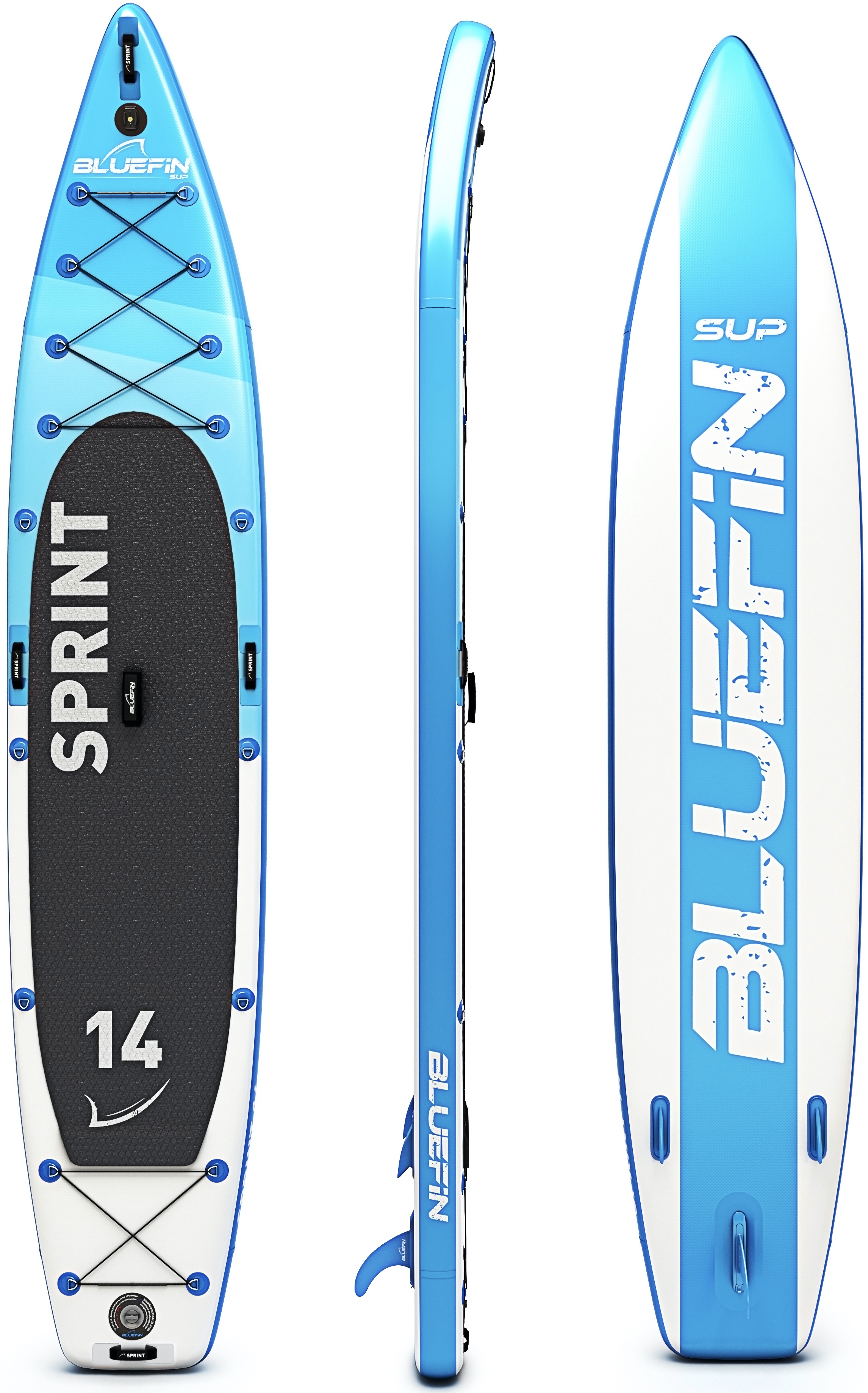
New! Comments
Have your say about what you just read! Your paddle boarding comments, stories and ideas are valued! Many thanks!